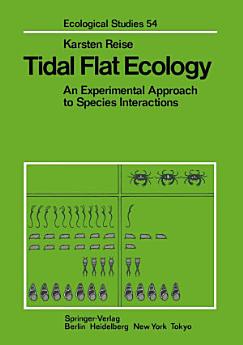Tidal Flat Ecology: An Experimental Approach to Species Interactions
Dec 2012 · Ecological Studies Book 54 · Springer Science & Business Media
Ebook
194
Pages
reportRatings and reviews aren’t verified Learn More
About this ebook
The tidal coastline presents a fascinating ecological world. Rocky shores with their recurrent zonation of algae and sessile invertebrates demonstrate the orderliness of nature, apparently obeying general explan atory principles. The niche theory could just as well have hatched out of the tight species-packing on the coral reef flats. Fluxes of carbon and nitrogen are best studied in mangroves and salt marshes with their outstanding primary productivity; the bare mud and sands of the tidal flats are different. Their ecological treasures are well concealed, and perhaps not to everybody's taste. Pick up a piece of tidal sediment and see how it resembles a large, rotten cheese! It smells, is slimy and sticky, is punched with holes and crowded with various worms. Tidal flats receive detritus from both the land and the sea. They sup port a rich benthic community which attracts birds from far distant breeding grounds, and serves as a nursery for crabs, shrimp and fish. Tidal flats are a busy ecological turntable. They import low valued organic matter, and they export well-fed birds to the land and grown-up fish to the sea. They offer ideal opportunities for aquaculture but are also used as dumping grounds for industrial wastes. All this may call for a marine ecologist to investigate the basic processes involved. Yet there is still another reason.
Rate this ebook
Tell us what you think.
Reading information
Smartphones and tablets
Install the Google Play Books app for Android and iPad/iPhone. It syncs automatically with your account and allows you to read online or offline wherever you are.
Laptops and computers
You can listen to audiobooks purchased on Google Play using your computer's web browser.
eReaders and other devices
To read on e-ink devices like Kobo eReaders, you'll need to download a file and transfer it to your device. Follow the detailed Help Center instructions to transfer the files to supported eReaders.







